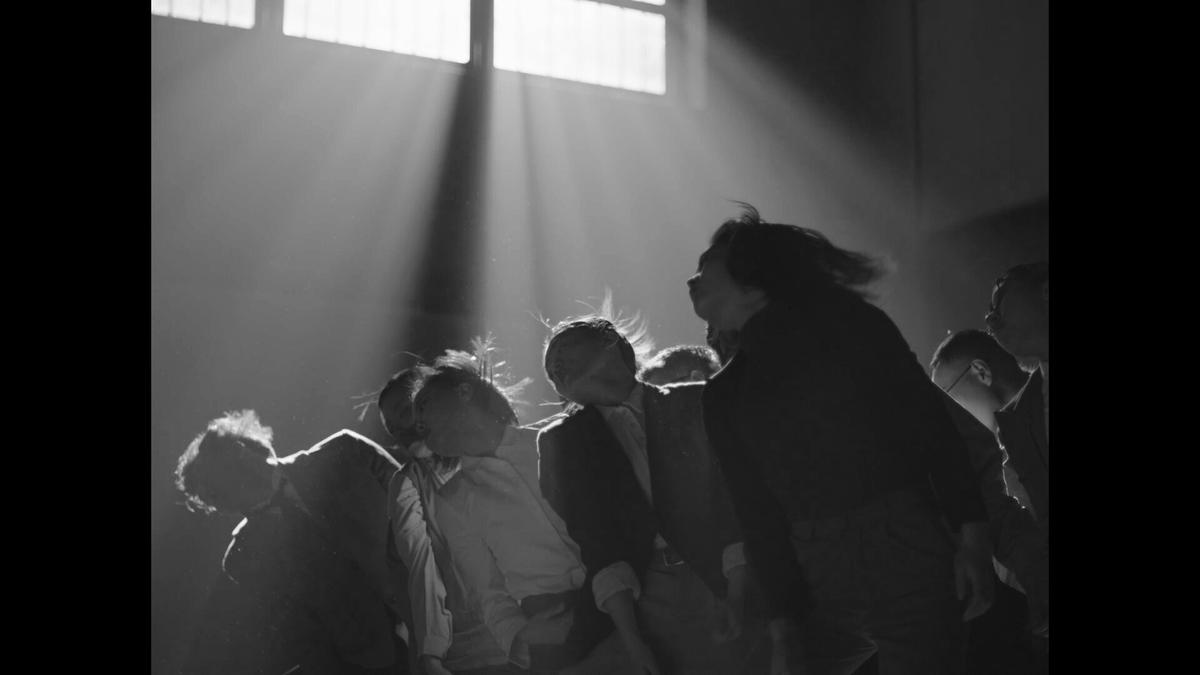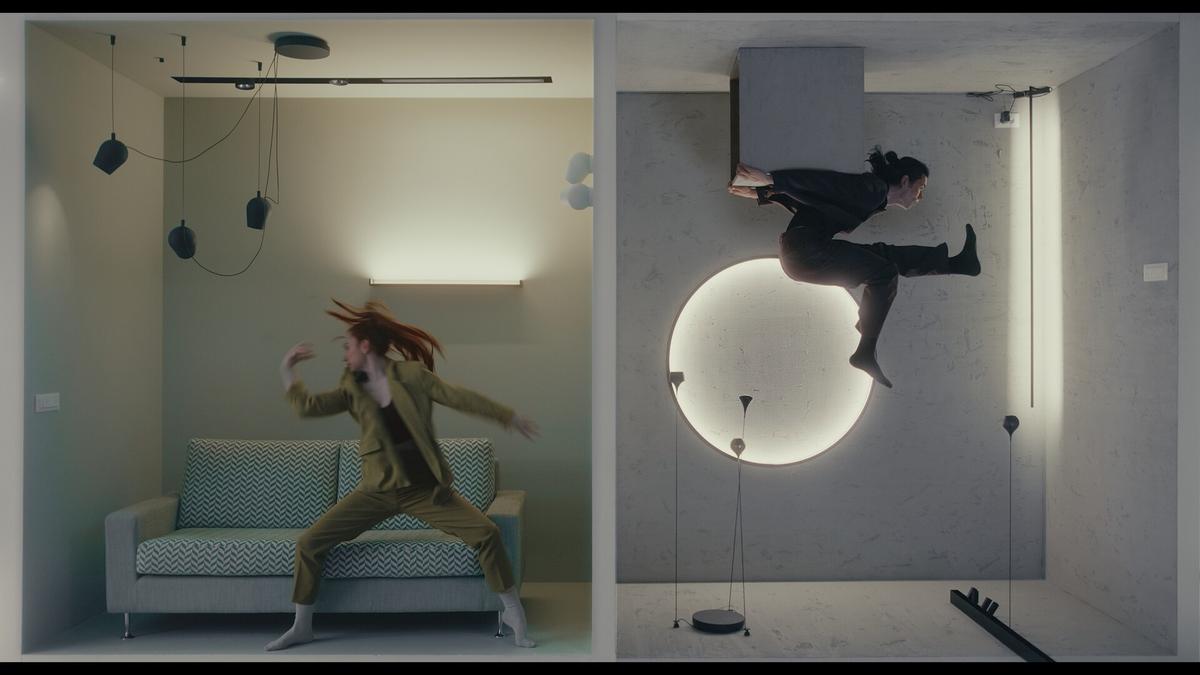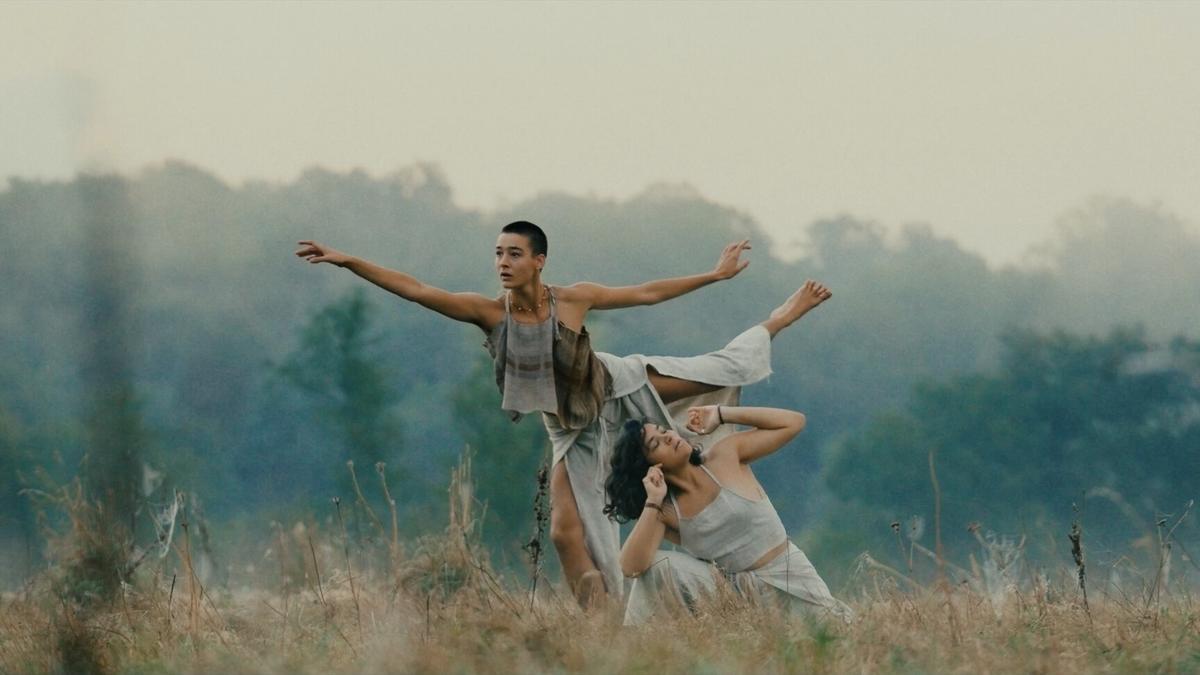Dance film by Mehdi and Nooruddin Slii Stork
| Photo Credit: Courtesy: Manifest Dance Film Festival
Shouldn’t the performing arts be primarily a joyful and positive experience, so that we strive to create an atmosphere of fun and inclusiveness? Or must it be necessarily presented in a disciplined form/template, as seen in our classical dance and music, in the name of creating meaningful ‘art’ for the end audience? Can’t we prioritise our own spontaneous feelings rather than following codified cues handed down to us by our elders? Do we have to assume that the traditions handed down to us by renowned performing artists are sacred? Have they never undergone serious changes over the centuries?
These were some of the questions raised at the Manifest Dance Film Festival held in Puducherry last month. Over 100 dance films of varying lengths, from 3 minutes to 72 minutes, were screened, along with a series of dance workshops conducted by contemporary artists from across the world.
What is so special about dance films? Firstly, these are not films about dancers, trying to explain their emotions, methods and journeys. Secondly, they do not necessarily tell a conventional story with a beginning, middle and end. These films are about experiencing and representing life around us, such as the reality of a chaotic traffic junction or a crowded market. Dancers depict being ‘lived’ in that experience, expressing through ‘body language’ the thoughts and feelings that arise in us at the same time. It is like composing a song as well as writing and scoring the music for it.

Where do ants sleep at night?A film by Dean Wei | Photo Credit: Courtesy: Manifest Dance Film Festival
Of course that’s a recipe for chaos, but dance films are about how we engage in chaos and still keep our heads up and remain sane enough to survive. Until By Tarin Torabi. It was shot on an iPhone in Tehran during the Women’s Life protest movement in 2023. With the facility to freely switch between the front and rear camera lenses, the dancer/cameraperson, sans ‘hijab’, sprints through traffic, evading the eyes of the law. And in a flash, the camera is handed over to more companions who handle the camera like a baton. Now the entire escape is choreographed as they run from one street to another in a single shot. This experience is a story of the objective versus the subjective, its form and content. In short, the grammar is basic and yet, the language conveyed is easily recognizable.
A film festival like this helps us differentiate between contemporary dance and modern ballet on one level, while also telling us that the only way to engage with modernity in these troubling ‘postmodern’ times is to use the film medium as a mode of practice rather than a specific script. This means that while improvisation may seem spontaneous, it often evolves through a deeper understanding of the body, space and relationships.

Until Tarin Torabi was shot with an iPhone in Tehran | Photo credit: Courtesy: Manifest Dance Film Festival
And when one recognizes the fact that an important origin of contemporary dance is in somatic therapy, which explores how the body expresses deeply traumatic experiences and then explores alternative systems to help overcome the trauma, the relevance of dance films dawns upon one. Layers From Netherlands, Stork France and Where do ants sleep at night? Articles from China address concerns about loneliness, deprivation and climate change.
and there was Question 5- Best Paying homage to the vibrant genre called ‘Waacking’ by Sarda Sarita from the Netherlands, a genre that emerged in the multicultural gay clubs of Los Angeles in the 70s. For all of us at the Manifest Dance Film Festival curated by Vajrasar and Abhyudaya, it was an eye-opening experience to empathise with the different layers experienced, especially by millennials who are subjected to rigid and formulaic modes of entertainment and its dissemination in the name of popular culture.
